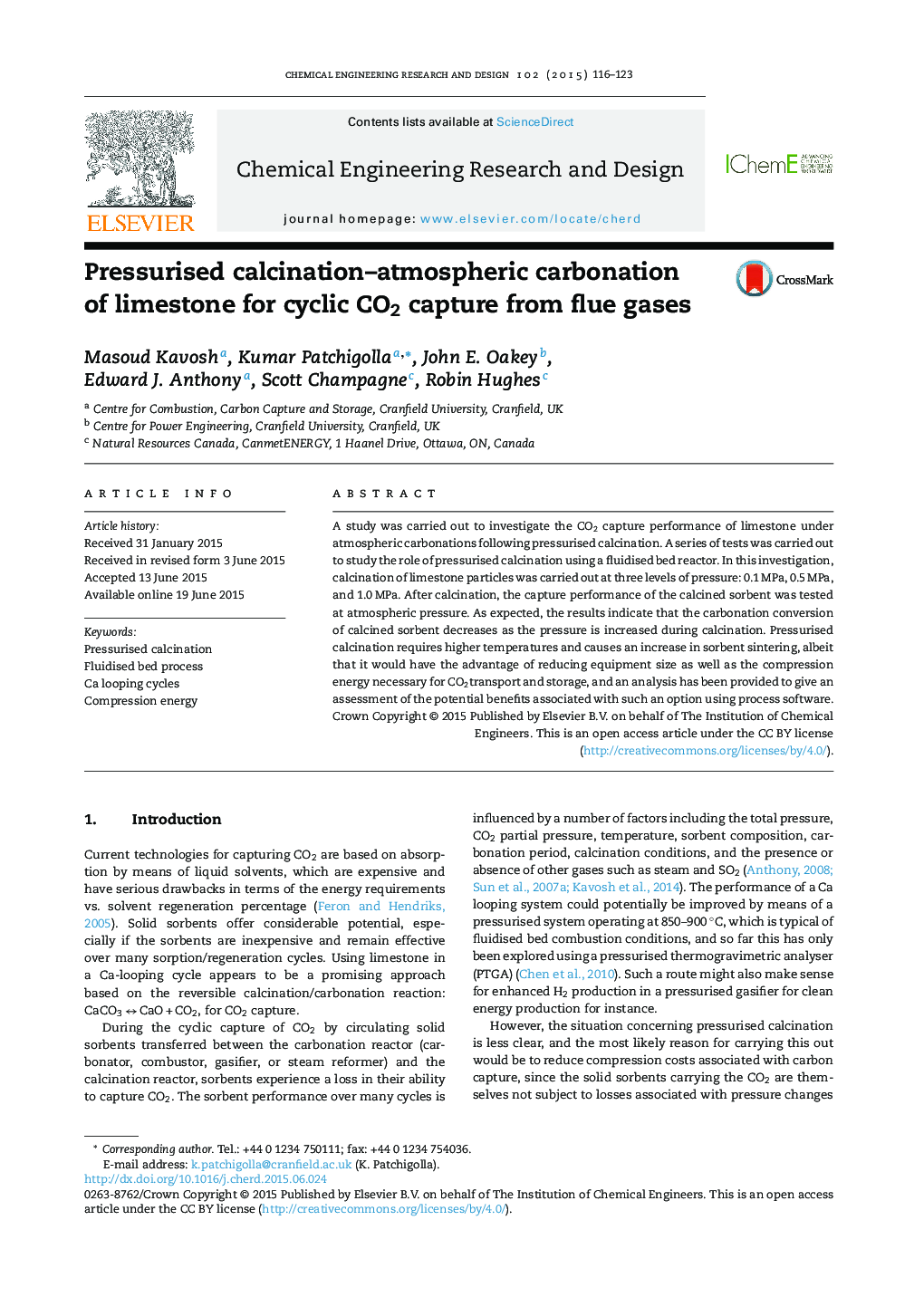| Article ID | Journal | Published Year | Pages | File Type |
|---|---|---|---|---|
| 7007344 | Chemical Engineering Research and Design | 2015 | 8 Pages |
Abstract
A study was carried out to investigate the CO2 capture performance of limestone under atmospheric carbonations following pressurised calcination. A series of tests was carried out to study the role of pressurised calcination using a fluidised bed reactor. In this investigation, calcination of limestone particles was carried out at three levels of pressure: 0.1Â MPa, 0.5Â MPa, and 1.0Â MPa. After calcination, the capture performance of the calcined sorbent was tested at atmospheric pressure. As expected, the results indicate that the carbonation conversion of calcined sorbent decreases as the pressure is increased during calcination. Pressurised calcination requires higher temperatures and causes an increase in sorbent sintering, albeit that it would have the advantage of reducing equipment size as well as the compression energy necessary for CO2transport and storage, and an analysis has been provided to give an assessment of the potential benefits associated with such an option using process software.
Keywords
Related Topics
Physical Sciences and Engineering
Chemical Engineering
Filtration and Separation
Authors
Masoud Kavosh, Kumar Patchigolla, John E. Oakey, Edward J. Anthony, Scott Champagne, Robin Hughes,
